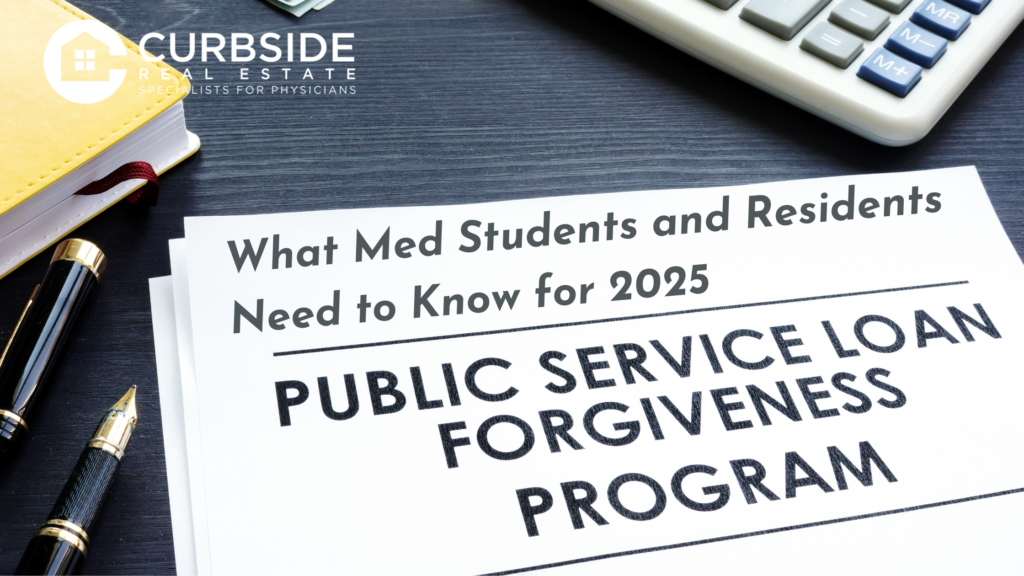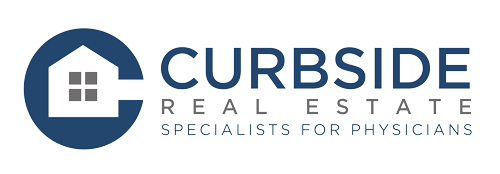May 2, 2025

Public Service Loan Forgiveness:
What Medical Students and Residents Need to Know in 2025
The Public Service Loan Forgiveness (PSLF) program has long been a critical financial relief avenue for medical professionals pursuing careers in public service. However, recent legislative proposals in 2025 are poised to significantly alter the landscape, particularly affecting medical students and residents.
Proposed Legislative Changes Impacting PSLF
In April 2025, House Republicans introduced a comprehensive education reform bill aiming to overhaul the federal student loan system. Key provisions of this bill include:
- Elimination of PSLF Eligibility for Medical and Dental Residents: For the first time, the bill proposes to exclude medical and dental residents from PSLF eligibility, potentially removing a vital financial support mechanism during their training years.
- Consolidation of Repayment Plans: The bill seeks to reduce existing repayment options to two: a standard fixed plan and a Repayment Assistance Plan, which would offer loan cancellation after 360 qualifying payments.
- Termination of the SAVE Plan: Introduced to provide lower monthly payments based on income, the SAVE plan has been instrumental for many borrowers. The proposed legislation aims to eliminate this plan, further limiting repayment flexibility.
These proposed changes are part of a broader effort to reduce federal spending on student loan programs by over $330 billion.
Implications for Medical Students and Residents
Medical education often entails substantial debt, with the average medical school debt exceeding $200,000. The PSLF program has traditionally provided a pathway to manage this debt for those entering public service roles. The proposed exclusion of medical and dental residents from PSLF could have several ramifications:
- Increased Financial Burden: Without access to PSLF, residents may face higher monthly payments during training, a period typically characterized by modest salaries.
- Career Path Decisions: The removal of PSLF benefits might deter medical graduates from pursuing careers in public service or underserved areas, potentially impacting healthcare access in these communities.
- Long-Term Debt Management: The elimination of income-driven repayment options like the SAVE plan could limit strategies for managing debt over time, especially for those with significant loan balances.
Current Status and Actions for Borrowers
As of now, the proposed legislative changes have not been enacted, and the PSLF program remains operational under existing guidelines. Medical students and residents should continue to:
- Verify Employment Eligibility: Ensure that your employer qualifies under the PSLF program by consulting the PSLF Help Tool.
- Maintain Accurate Records: Keep detailed records of qualifying payments and employment certification forms to track progress toward forgiveness.
- Stay Informed: Monitor updates from the Department of Education and professional organizations like the Association of American Medical Colleges (AAMC) for the latest information on legislative developments.
Conclusion
The proposed changes to the PSLF program represent a significant shift in federal student loan policy, with particular implications for medical students and residents. While these changes are not yet in effect, staying informed and proactive is essential for managing educational debt and making informed career decisions.
For personalized advice, consider consulting with a financial advisor or your institution’s financial aid office to explore all available options and strategies. And if you’re looking for more information on how the potential changes to the PSLF program might affect your future as a homebuyer, Curbside Real Estate will be happy to provide you with information and resources.
